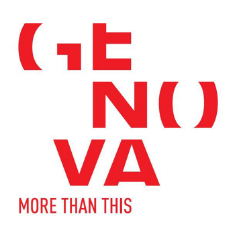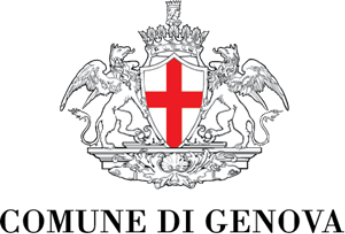Click here to view image
Dining room of Villa Bedarida in Livorno
Bottoni, Piero
room
GX1993.199.1-13
Unità di misura: UNR; Misure mancanti: MNR
legno di acero verniciatura
In 1936-1937, Milanese architect Piero Bottoni designed the house in Livorno for Umberto Bedarida, an entrepreneur and scholar of Jewish culture, and his wife Laura Franco, a painter and sculptor. In addition to the architectural design, Bottoni also designed furniture for the house, including The Table and Twelve Chairs in white maple and black lacquered pear, now on display at the Wolfsoniana. Bottoni's intervention consists of a profound transformation of a traditional nineteenth-century house into a modern villa, in which the concepts of rationalism are introduced: functional distribution of space, ornament-free interior decoration, and large spaces. The dining room set matched the overall room solution: the oval table top covered with frosted crystal reflected the light from the long openwork chandelier hanging above and the golden yellow color of the walls. The aquarium, placed inside a partition fit into the play of light and reflections. From the hall opened access to the vestibule with a helical concrete staircase with crystal slab balusters, recessed without any iron uprights, and handrails made of black polished pear wood, like the tabletop. Furnishings for the dining room of Villa Bedarida in Livorno, including a table and eight chairs. The furniture is made of maple and black-stained pear wood. The table has a central crystal insert while the seats of the chairs are covered with velvet chenille.



